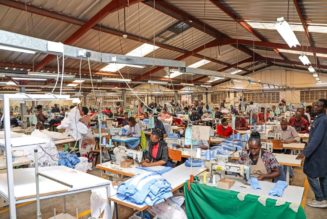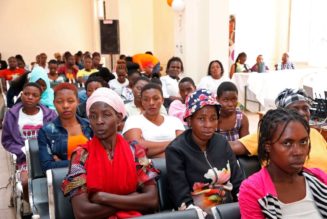Columnists
We have the means to make pregnancy, and childbirth safe
Tuesday April 11 2023
Every two minutes, a woman or girl dies during pregnancy and childbirth. That’s despite our having the means to prevent such deaths and to improve maternal health substantially.
The just published United Nations’ Trends in Maternal Mortality report shows that between 2016 and 2020, only 31 countries achieved significant reductions in maternal mortality, whereas 133 saw progress stall, and 17 experienced an increase, including countries in almost all regions, at all income levels.
Nevertheless, low-income countries bear a disproportionate burden of maternal deaths.
Inequity linked to income, education, and ethnicity is a key driver of these deaths. It propels health disparities, determining who has access to health-promoting services, resources, and opportunities.
Of the 287,000 maternal deaths in 2020, nearly half occurred in the poorest regions of the world, where only 13 percent of people live. Sub-Saharan Africa accounted for a massive 70 percent of the global total.
In sub-Saharan Africa, the risk of dying during pregnancy or childbirth is 130 times higher than in Europe or North America.
In much of the world the issue is that maternal and newborn health is not prioritised enough. For example, between 2019 and 2021, development assistance for reproductive, maternal, newborn, and child health decreased by 2.3 percent.
The speed at which maternal mortality is being reduced needs to be more than double the current rate in order to hit the 2030 SDG target. Further, these recent stark statistics on maternal mortality come at a time when women’s rights are increasingly challenged.
The Partnership for Maternal, Newborn and Child Health (PMNCH) and the World Health Organization are working with countries and partners all over the world to improve access to high-quality reproductive, maternal, and newborn health care services, prioritising the poorest and most disadvantaged and marginalised communities.
We have only seven more years to meet the SDG targets. We must intensify efforts to mobilise and reinvigorate global, regional, national, and community-level commitments.
How many more women must die, needlessly, before our message is heard? Our answer is this: Invest now, protect rights, and demand change. This is what it will take to end preventable maternal mortality once and for all.









